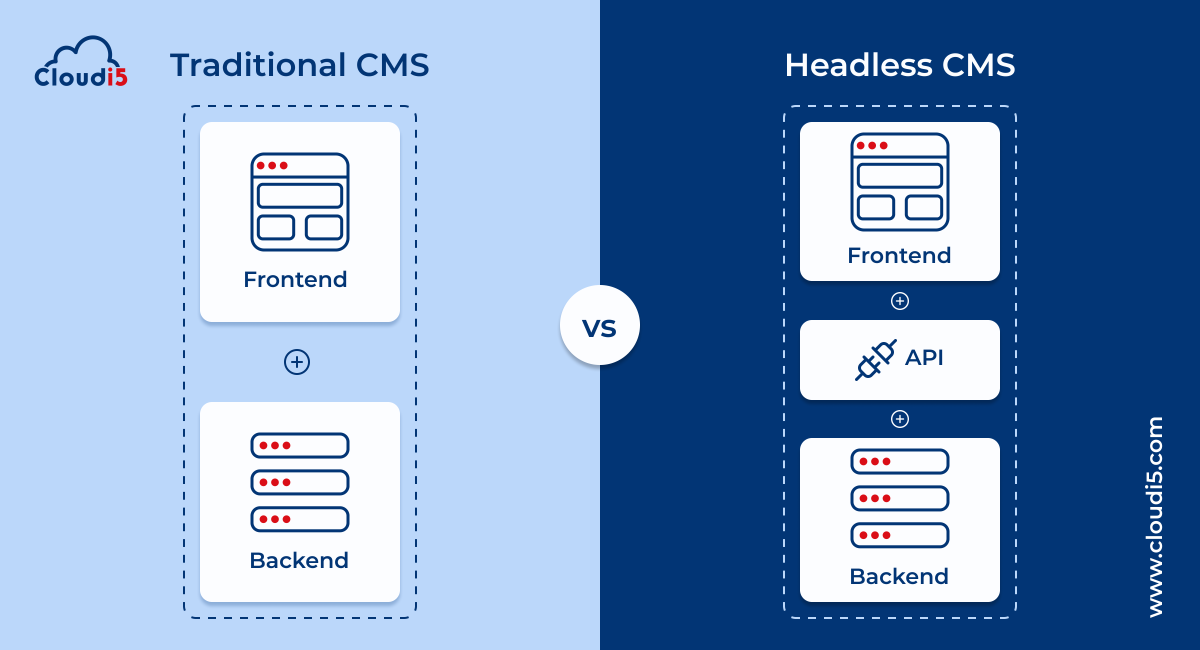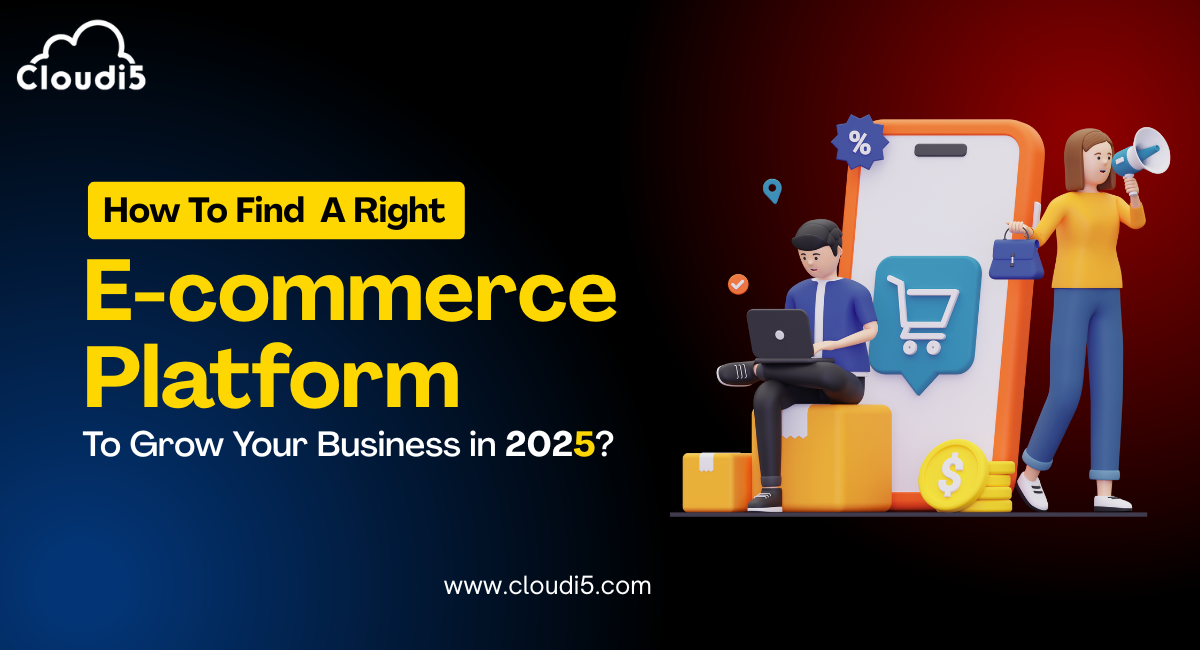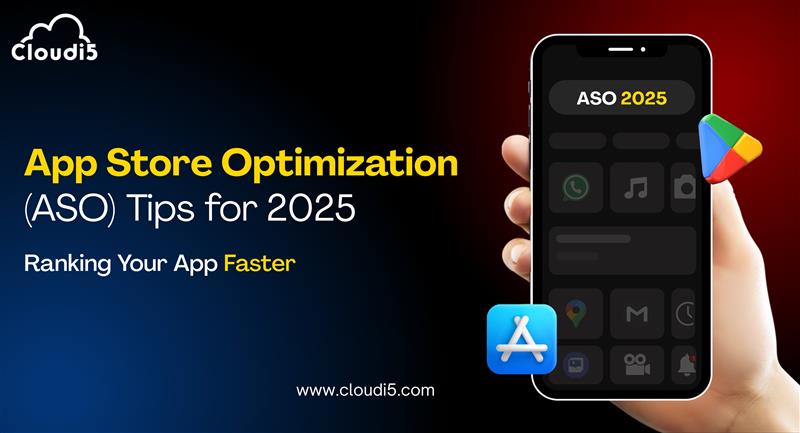
Headless CMS Vs Traditional CMS
Want your website words to captivate and connect? Choosing the right tool is key! But "Headless" and "Traditional CMS" sound intimidating, right? Relax, digital enthusiasts! This blog breaks it down to everyday terms.
In this blog, we'll explore the two primary approaches: Headless CMS and Traditional CMS. Are you curious about the differences between these systems? How do they function, and what are their unique features? We'll provide a concise overview of their key features, functionalities, and ideal use cases, helping you to make an informed decision for your specific content management needs.
Whether you're a seasoned developer or a content creator seeking clarity, join us as we navigate the world of CMS and discover the best solution for your digital journey.
Understanding the Core Difference
At the core, the difference lies in how the CMS is structured:
Traditional CMS:
Think of this as an all-in-one solution where the back-end (where content is managed) and the front-end (where the website is presented) are closely connected. Platforms like WordPress and Drupal fall into this category, providing user-friendly interfaces for content creators but limiting design flexibility.
Headless CMS:
In this approach, the back-end and front-end are separated. Content is stored independently and delivered through an API to any platform or device. While offering great flexibility, this method requires more technical expertise for front-end implementation. Examples include Contentful and Kontent.
Analyzing Key Features and Advantages
Let's explore the distinctive attributes and advantages of each category:
Traditional CMS
Benefits:
- User-Friendly Interface: Traditional CMS platforms are renowned for their ease of use, featuring interfaces tailored for non-technical users. With intuitive editing tools and drag-and-drop functionality, content creation becomes effortlessly manageable.
- WYSIWYG Editing: These platforms boast a "What You See Is What You Get" editor, enabling content creators to preview content in its final appearance on the live website. This feature reduces errors and streamlines the content creation process.
- Theme and Plugin Ecosystem: A significant advantage of conventional CMS platforms lies in their extensive selection of pre-built themes and plugins. These resources expand functionalities without necessitating coding knowledge, providing users with flexibility and customization options.
- Cost-Efficiency: Subscription plans offered by traditional CMS solutions are tailored to suit various budgets, ensuring affordability for small businesses and individuals alike. This cost-effectiveness makes them a viable choice for a wide range of users.
Drawbacks:
- Limited Customization: Traditional CMS platforms may not offer extensive options for customization beyond the available themes and plugins. Users might feel restricted in their ability to create unique website designs or functionalities.
- Vendor Lock-in: Choosing a traditional CMS can lead to vendor lock-in because of the platform's specific features and integrations. Switching to another solution becomes difficult as existing content and configurations may not smoothly transfer, potentially causing disruption and extra expenses.
- Slow Development: Adding new features or functionalities to a website powered by a traditional CMS often requires technical expertise and can slow down the development process. Customizations beyond what themes and plugins offer may need complex coding and testing, delaying website updates.
Headless CMS
Advantages:
- Omnichannel Delivery: Content can be seamlessly delivered across a wide range of devices and platforms, ensuring a consistent user experience regardless of the channel used.
- Future-Proof Technology: Headless CMS solutions are adaptable to evolving technologies and platforms, providing flexibility and scalability to meet changing business needs over time.
- Developer Freedom: Front-end developers enjoy complete control over the user interface and experience, enabling them to create innovative and customized designs without being constrained by backend limitations.
- Scalability: Headless CMS architectures are designed to handle large volumes of content and complex projects, making them well-suited for high-traffic websites and applications.
Disadvantages:
- Technical Complexity: Utilizing a headless CMS requires a certain level of technical expertise, particularly for front-end development tasks, which may pose challenges for teams lacking specialized skills.
- Steeper Learning Curve: Content creators accustomed to traditional CMS platforms may find the shift to API-based workflows less intuitive, leading to a potentially longer learning curve and decreased initial productivity.
- Potentially Higher Costs: Implementing and maintaining a headless CMS may incur higher costs due to the need for developer expertise and integration expenses, especially when compared to more straightforward traditional CMS solutions.
Choosing the Right CMS for Your Needs
Traditional CMS is Best for:
- Simple Websites and Blogs: If you're building a basic website or blog without too many fancy features, a traditional CMS is perfect. It's easy to use and cost-effective. This is great for small business websites, personal blogs, or portfolios.
- Non-Techies: If you're not a technical person, traditional CMS platforms are your friend. They're designed to be user-friendly, so you can manage your website without needing to know how to code. You can edit content easily with tools like WYSIWYG (What You See Is What You Get) editors.
- Tight Budgets: If you're watching your wallet, traditional CMS options are often cheaper. They offer subscription plans that suit different budgets. Plus, there are lots of free themes and plugins available, so you don't need to spend a lot on customization.
Headless CMS is Best for:
- Complex Websites and Apps: If you need a website with lots of customization and special features, headless CMS is the way to go. It gives developers more freedom to create exactly what you want. This is great for e-commerce sites or apps with unique user experiences.
- Developers: If you're a developer who loves to have control, headless CMS is your playground. You can use your favorite frameworks and languages to build the front-end exactly how you want it. It's like having a blank canvas to work with.
- Content Everywhere: If you need your content to be available on different devices and platforms, headless. CMS is perfect. It's designed to deliver content seamlessly across the web, mobile apps, smartwatches, and even IoT devices. This ensures a consistent experience for your users, no matter where they are.
Remember
There's no one-size-fits-all solution. Think about what you need:
Do you have technical skills or will you need help? How much customization do you need? Where will your content be viewed? What's your budget? What are your future plans for your website?
And don't forget
The CMS world is always changing. There are hybrid options that combine traditional and headless features. So keep an eye out for new developments that might suit your needs better.
Conclusion
Choosing the right CMS is important for your website's success. Whether you go with a traditional CMS or a headless one, make sure it fits your needs and helps you achieve your digital goals.
Trusted By












Leave Comments